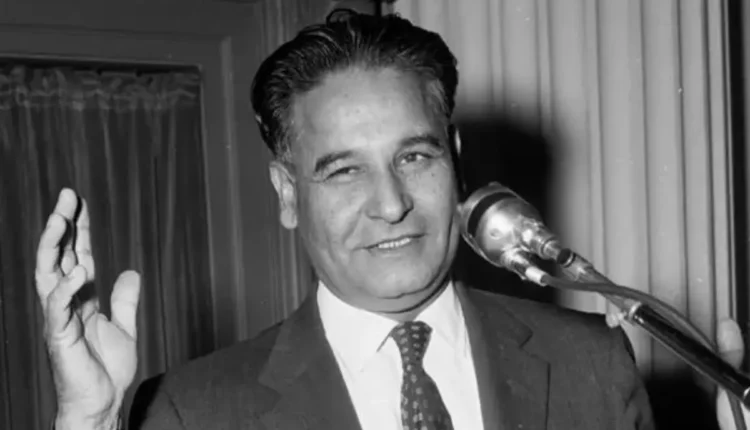In the annals of American history, amidst the towering figures who have shaped the nation’s political landscape, stands Dalip Singh Saund, a trailblazer whose journey from humble beginnings to the hallowed halls of Congress serves as a testament to the enduring spirit of perseverance and determination.
Born on September 20, 1899, in Chhajulwadi, British India, Saund’s story is one of resilience and resilience in the face of adversity.
Dalip Singh Saund’s Early Life
The seeds of Saund’s remarkable journey were sown in his formative years in India. Despite the loss of his father at a tender age, he pursued his education with unwavering dedication, graduating from the University of Punjab with a Bachelor of Science in mathematics in 1919.
Fuelled by a fervent desire for knowledge and driven by a passion for social justice, Saund embarked on a voyage across the oceans to the United States in 1920, armed with dreams of a brighter future.
Immigration and Education
Upon arriving in the United States, Dalip Singh Saund embarked on a quest for knowledge, enrolling at the University of California, Berkeley to study food preservation. His academic pursuits culminated in the attainment of a Master of Arts in 1922 and a Ph.D. in 1924, a testament to his intellectual prowess and scholarly acumen.
It was during this period that Saund laid the foundations for his enduring legacy, marrying Marian Z. Kosa in 1928 and embarking on a career as a farmer in the Imperial Valley.
Activism and Advocacy
Dalip Singh Saund’s passion for social justice and advocacy knew no bounds. In 1930, he penned his seminal work, “My Mother India,” a poignant response to Katherine Mayo’s controversial book, “Mother India.”
Deeply committed to the cause of Indian independence, Dalip Singh Saund played a pivotal role in organizing the Indian Association of America, tirelessly lobbying for legislative reforms to grant Indians eligibility for naturalization. His efforts bore fruit with the passage of the Luce-Celler Act in 1946, paving the way for Saund to attain American citizenship in 1949.
Political Ascent
Dalip Singh Saund’s foray into politics marked the dawn of a new era in American history. A staunch supporter of Franklin D. Roosevelt and the Democratic Party, he ascended the ranks of local politics in Imperial County, California, serving on the Democratic Central Committee and later as Justice of the Peace of Westmoreland.
His indomitable spirit and unwavering dedication to public service propelled him to greater heights, culminating in his historic election to the United States House of Representatives in 1956.
Congressional Legacy
Dalip Singh Saund’s tenure in Congress was marked by a steadfast commitment to his constituents and an unwavering dedication to advancing the interests of the people. As the first Sikh, Indian American, and Asian American elected to Congress, Saund blazed a trail for future generations of minority leaders, advocating tirelessly for civil rights, social justice, and equality for all.
His tenure on the House Interior Committee and the United States House Committee on Foreign Affairs underscored his commitment to championing the needs of his district and amplifying the voices of the marginalized.
Also Read:Raja Krishnamoorthi: Shaping a Brighter Future for Illinois

